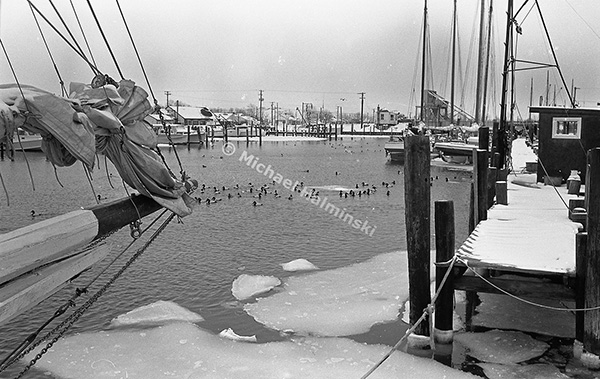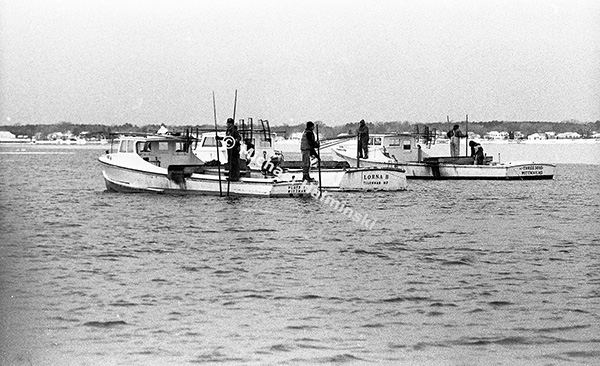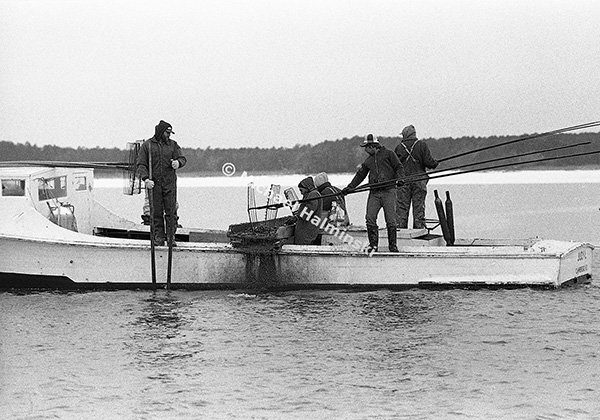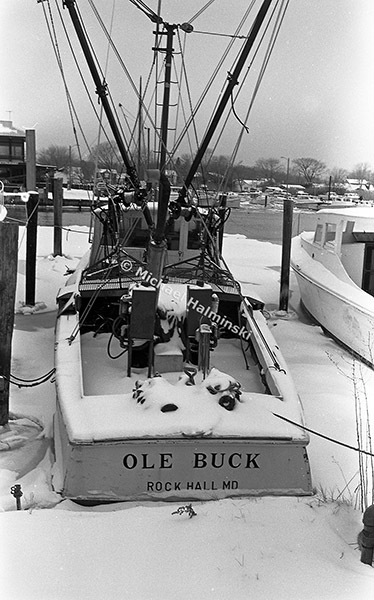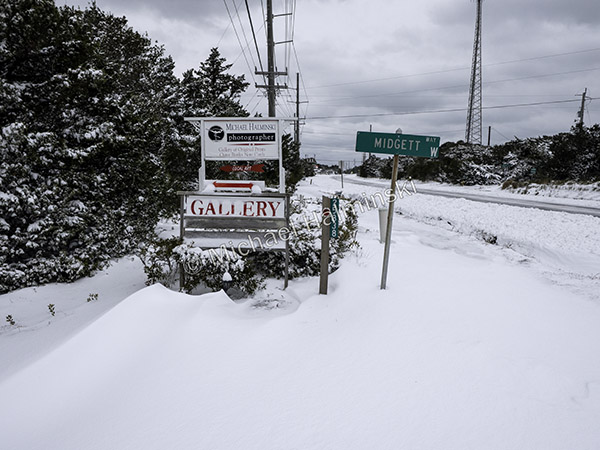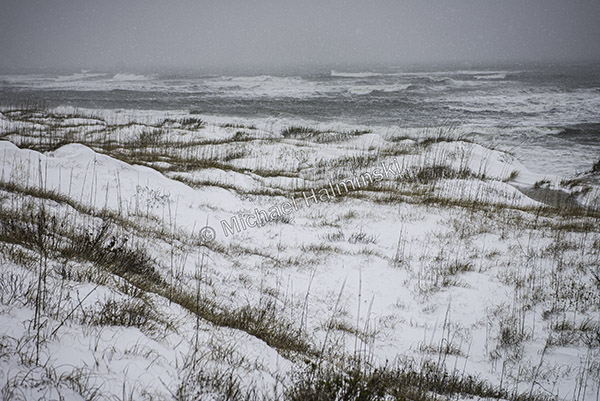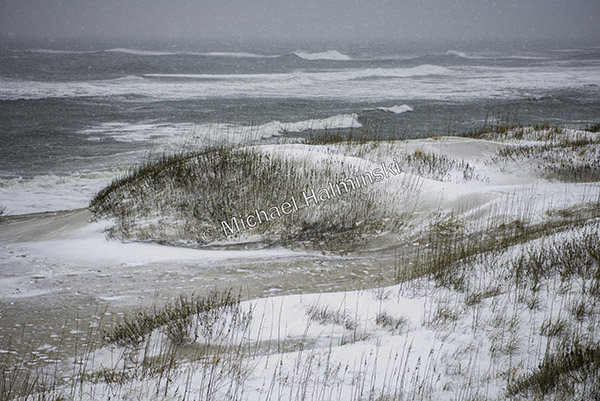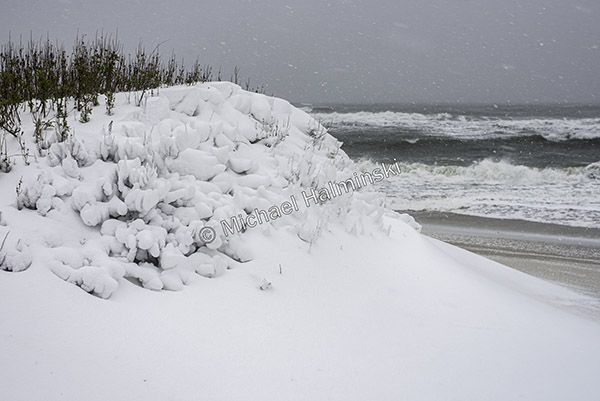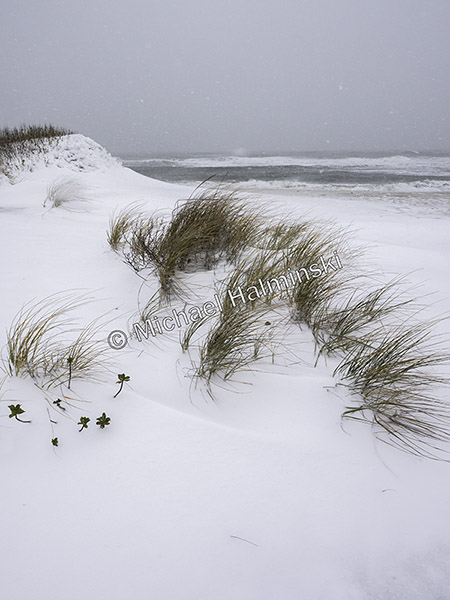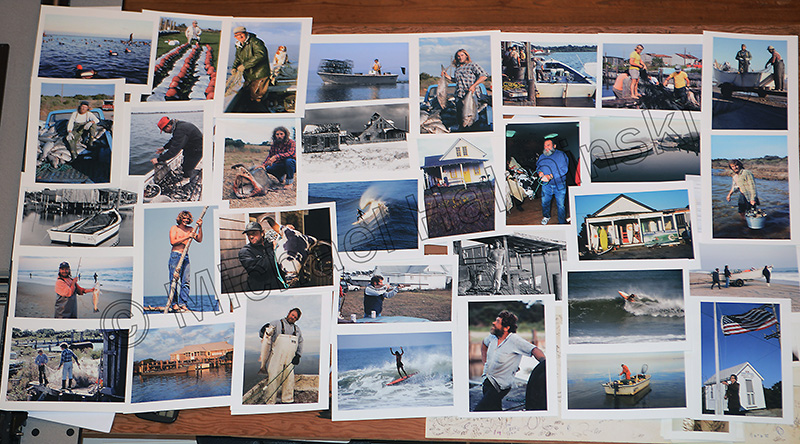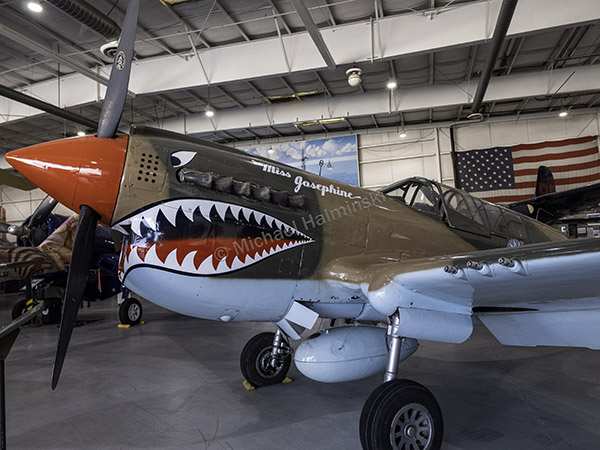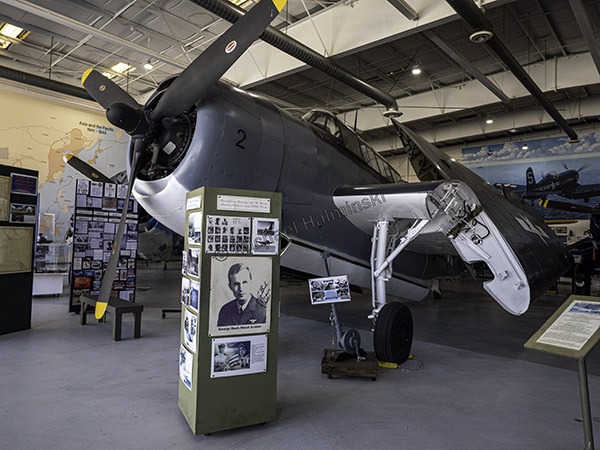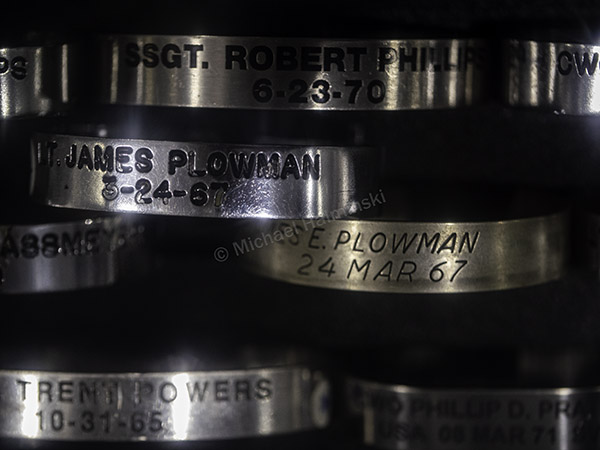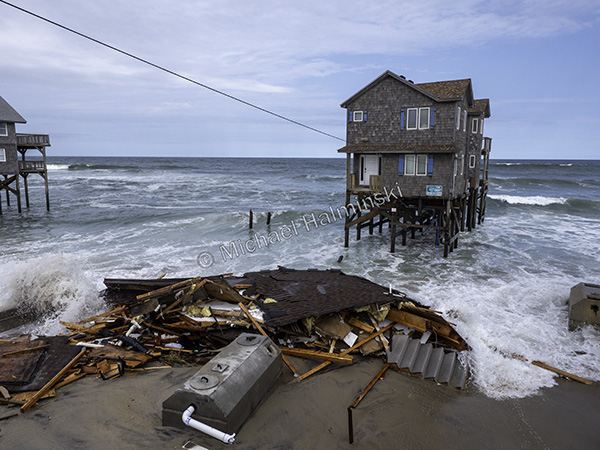I’ve been reviewing lots of photographs from decades ago. Many are all but forgotten and bring back memories, like images I took when working out of Tilghman Island, Maryland.
While crewing aboard the dredging Virginia W, there were times when large portions of Chesapeake Bay froze, leaving the fleet of sailing skipjacks tied up at the dock.
Hand tongers however could reach areas still free of ice to get their harvest. Less efficient in catching oysters, it’s environmentally more friendly to benthic marine life on the bottom.
The shafts on hand tongs can reach lengths of 20 feet or more.
Tongers load the culling board while another crew member saves the good oysters and dumps the detritus overboard.
A more efficient way to use tongs is hydraulically. Called patent tongs, they’re much larger and mechanically harvest more than hand tongs. At the same time, this method can be more destructive to organisms on the bottom.
Working with hand tongs is brutally physical. Imagine the workout you’d have at the end of a day. These watermen worked from a classic Chesapeake Bay dead-rise boat, Mina Conway. For them it was just another day at the office!

